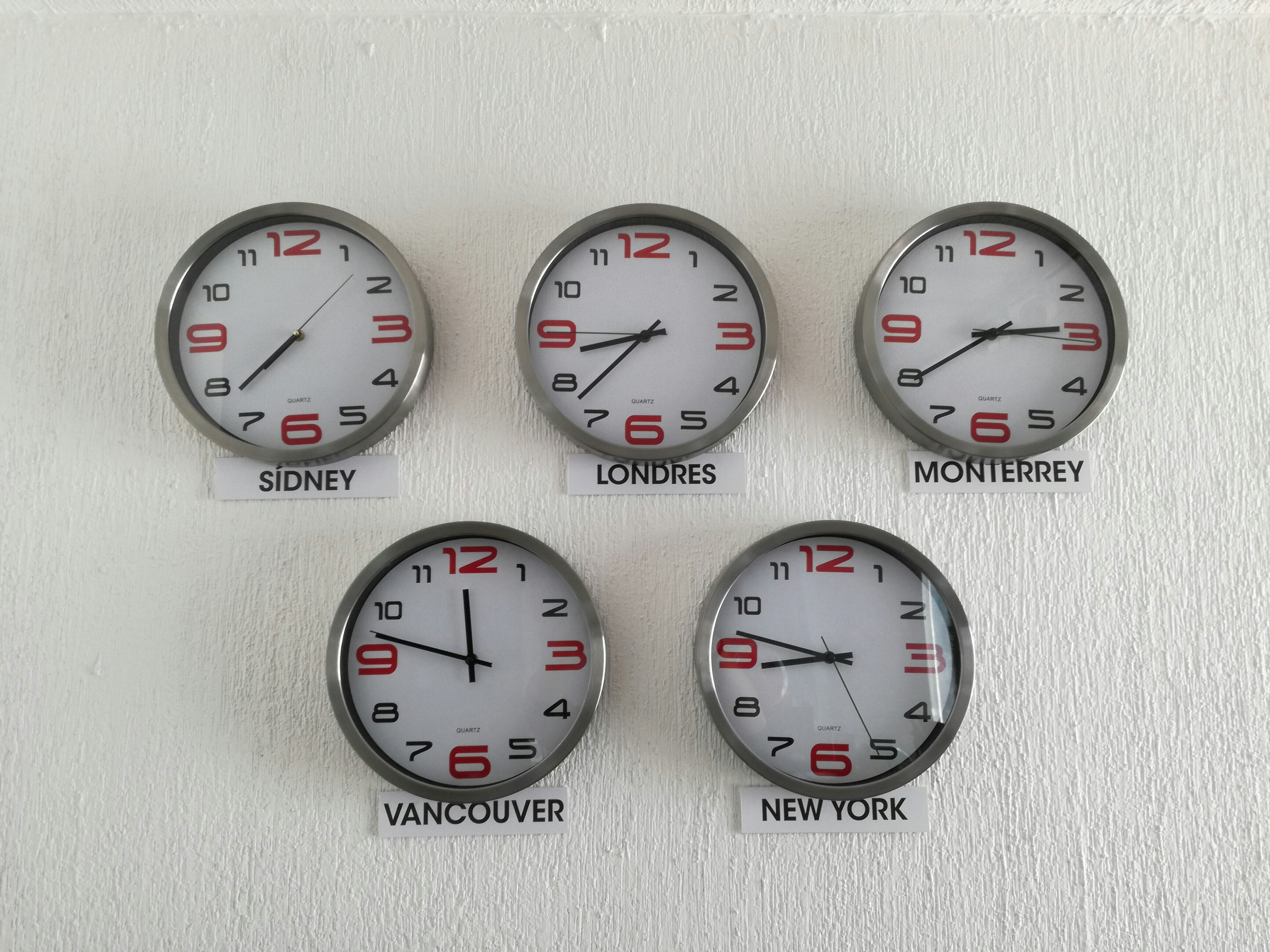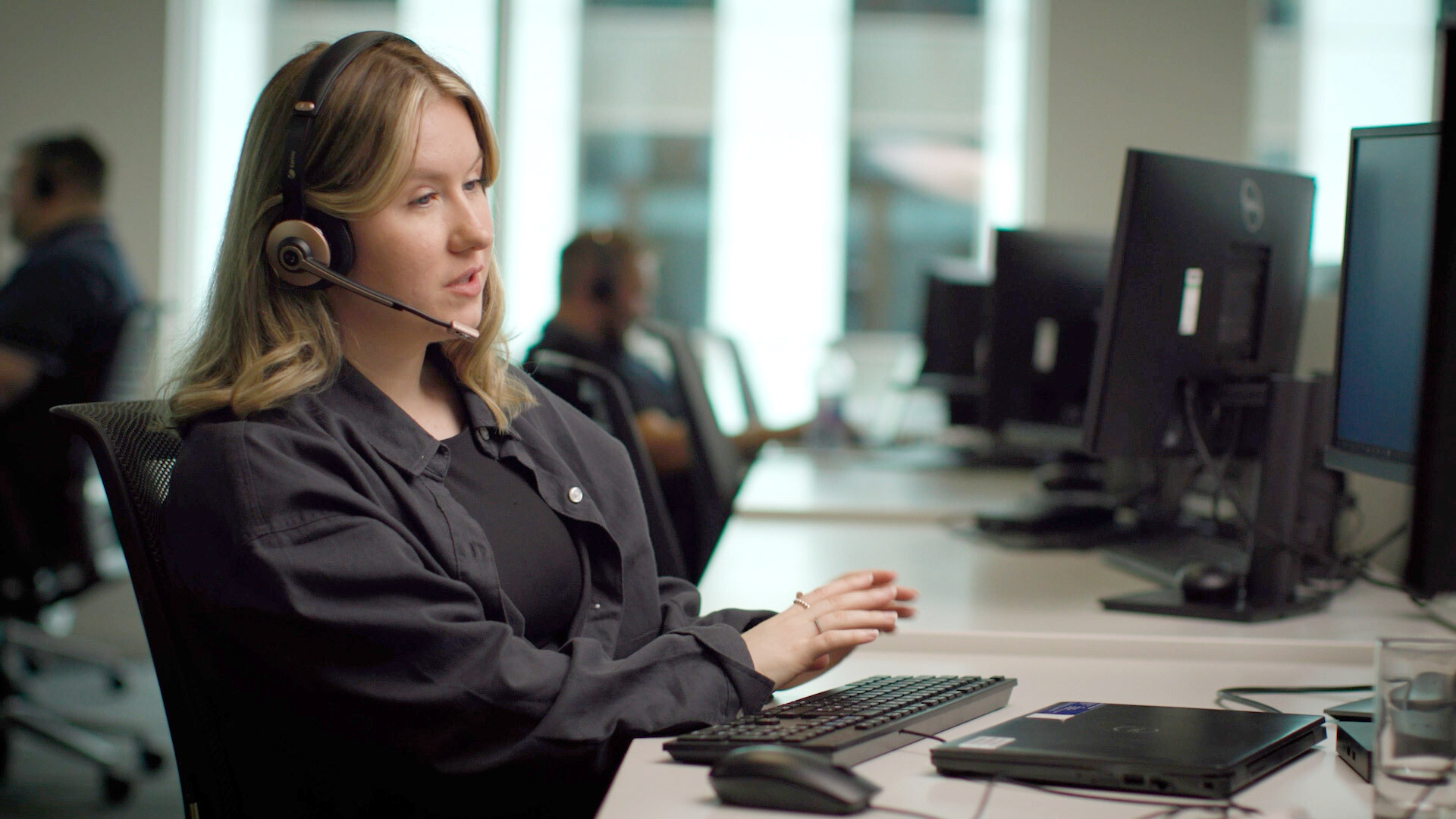Yes, our working lives are going through massive change, but that doesn't mean we're heading for a jobless world

65% of students entering primary school in 2016 will, once they graduate, be doing jobs that don’t exist today. Image: REUTERS/Rebecca Cook
Some have argued that automation will make an increasing number of our jobs obsolete without replacing them, leading to a “jobless world” where unemployment is huge and persistent. While possible, I think this is not a likely future—and I’m not the only one. Fundamentally, work is not a fixed pie which machines are eating a bigger and bigger piece of while humans have less and less. Instead, work is generated by businesses and entrepreneurs who identify economic opportunities based on problems that need to be fixed.
One thing is clear: Our workforce is going through unprecedented change. You can see the results of this change in the headlines every day: old jobs becoming obsolete, factories closing, companies moving divisions to lower cost areas, and voters reacting with frustration and anger. At the same time, innovation is progressing faster than ever in an attempt to keep up with the world’s problems and their necessary solutions.
Despite this constant effort, unemployment persists while the world witnesses prosperity and wealth creation the likes of which we have never seen before. Middle class wages are stagnating, and many are being forced into lower-paying jobs. Yet the demand for skilled workers has never been higher. Thirty-eight percent of global companies report difficulties finding talent, according to global staffing agency Manpower. And in science, technology, engineering, and mathematics, the strain is even greater: According to Adecco, by 2018 there could be as many as 2.4 million unfilled STEM jobs in the US. Particularly for companies in urban cores, competition for the best talent is cutthroat.
Unemployment and wage stagnation remains a problem for two reasons. First, middle-skilled jobs are being replaced by automation or offshoring, but workers are not being retrained for high-skilled jobs. Second, geography limits the access of many people to the best jobs: Talent is much more widely distributed than the jobs are.
In short, we don’t have a jobs issue, we have a skills issue and a geography issue.
A mismatch of skills
If you have young children, like I do, be warned that it’s unrealistic to ask them what they want to be when they grow up. Why? Because the job they will actually do probably isn’t something we’ve even thought of yet. According to one popular estimate, 65% of students entering primary school in 2016 will, once they graduate, be doing jobs that don’t exist today. Or, as Economist editor Matthew Bishop noted recently, “It’s easier to see the jobs that get destroyed than it is to imagine the jobs that are going to be created.” The World Economic Forum’s “Future of Jobs” report from 2016 found that one-third of the essential skills needed for jobs in 2020 are not considered important today. Think about that: In just three or four years, more than 30% of the workforce’s essential skills will be new.
Simultaneously, the Future of Jobs report found that some industries were experiencing positive growth in employment opportunities, but they are already having difficulty filling those positions with qualified people. A separate Manpower survey predicts that the fields that will experience the most job growth include customer facing positions, human resources, and IT.
In other words, the difficulty filling certain kinds of positions (particularly in tech) suggests that the real issue is a mismatch of skills.The challenge is making sure there are enough people with the skills needed to support this evolving workforce, and connecting those people with companies who need those skills.
I have the privilege of co-chairing the World Economic Forum’s council on education, gender, and work. Our report, based on months of intensive dialogue, outlines some of the challenges and imperatives that business leaders and policymakers will face.
Preparing people by giving them access to new skills is one imperative. In times of uncertainty, the best thing we can do is make the workforce more adaptable, entrepreneurial, and able to learn. We need to move to a model of lifelong learning—training the next generations with relevant skills to be successful and ensure they’re continuously learning, while retraining current workers to capitalize on new opportunities.
The declining cost of distance
Our discussions within the World Economic Forum community also uncovered a growing imbalance between where people live and where the best jobs are. Global labor markets continue to undergo a long-term trend of increased polarization, with high-skilled jobs primarily concentrated in large urban areas. If we don’t tackle this now, we run the risk of increased geographic inequalities in the future.
Remote work and independent (freelance) work can help close these gaps. Upwork recently commissioned a research paper by Stanford Graduate School of Business professor Paul Oyer, which found that 96% of the transactions on Upwork’s marketplace happen between parties that are more than 50 miles apart. This is also what a recent Bain report referred to as the declining “cost of distance,” driven by technologies that make it easier to communicate and do work remotely.
To put it simply, there are talented people outside the largest cities, and it is more cost-effective than ever for companies to expand their talent pools to geographic areas further afield. That benefits the companies, which get access to talent that was previously out of reach. But it’s also a benefit for freelancers, who get higher-paying gigs than they could land in their local markets. Over time, this can inject more wealth into communities outside the largest cities, creating even more opportunities around the country.
Moving forward, companies and workers should embrace more flexible work options to help bridge these growing geographic and skills gaps. Businesses need to think beyond traditional models of hiring and consider remote work as well as independent workers.
We need to stop thinking that there is a jobs problem and start recognizing that the real problem is a shortfall of needed skills in the places where we need them.
We’ll only run out of jobs if the world runs out of problems to solve. The biggest barrier to more work is anticipating change and training our workforce on the skills our economy will need, and finding ways to surmount geographic barriers that keep people from the best jobs.
Don't miss any update on this topic
Create a free account and access your personalized content collection with our latest publications and analyses.
License and Republishing
World Economic Forum articles may be republished in accordance with the Creative Commons Attribution-NonCommercial-NoDerivatives 4.0 International Public License, and in accordance with our Terms of Use.
The views expressed in this article are those of the author alone and not the World Economic Forum.
Stay up to date:
Future of Work
Related topics:
Forum Stories newsletter
Bringing you weekly curated insights and analysis on the global issues that matter.







